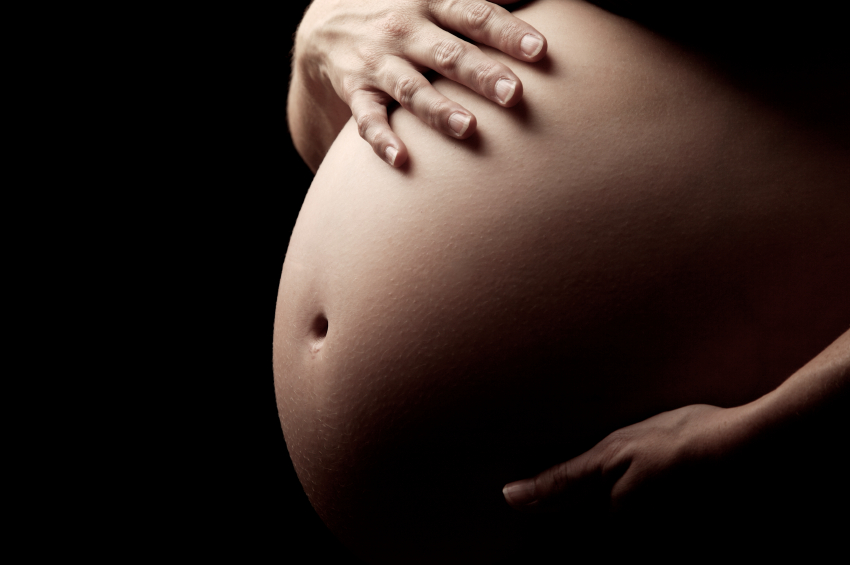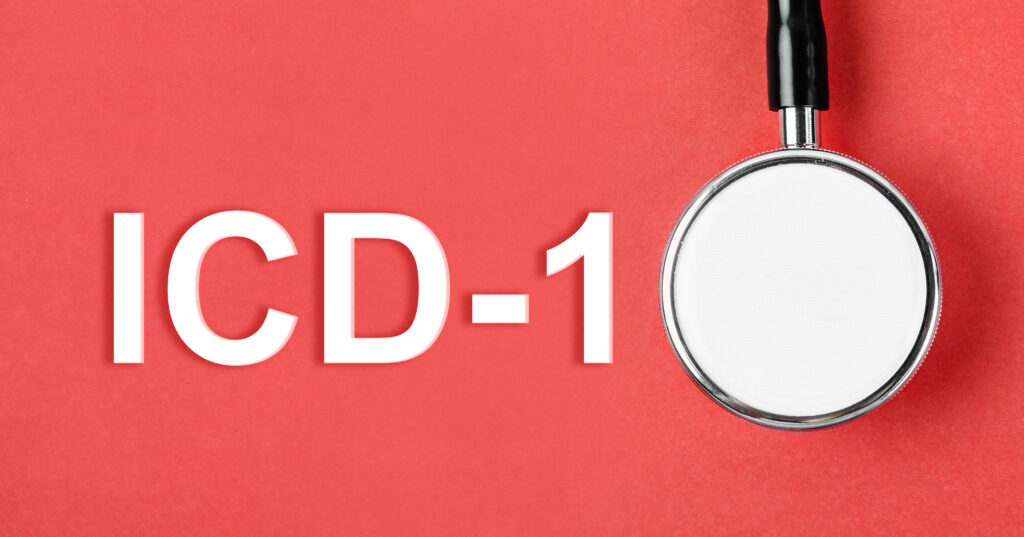Pregnancy Help Centers: A Consensus Service to Women and Children

In recent years, advocates of legal abortion have turned their attention to limiting or interfering with the work of pregnancy help centers (PHCs), typically nonprofit groups that offer a range of free or heavily discounted services to women and girls who think they may be pregnant. These centers have sprung up in hundreds of communities around the country, and in many places they have become part of the core social service matrix available to the public. Their aim is to provide alternatives to abortion, which they regard as violating the human right to life and deleterious to women’s well-being. Despite this, or more precisely perhaps because of this, PHCs have been targeted by legislatures, with some seeking to compel them to refer for abortion and others requiring them to post notices regarding services they don’t provide or types of personnel they don’t retain on staff.
The choice of PHCs as targets in the cultural and moral debate over abortion may not be surprising, given their success in helping women turn away from having abortions, but from a tactical standpoint in that debate it would seem like a very unwise course of action for defenders of legal abortion. PHCs are unusually popular entities in the United States, and their popularity spans the political spectrum and includes a wide swath of women who have used the centers, among them women who consider themselves pro-choice. The finding of widespread acceptance of these centers and appreciation for their mission has held up over time.
In the 1990s, when the author of this article was at the Family Research Council, we worked with Wirthlin Worldwide on a national survey of 630 women between the ages of 18 and 34. The survey tested familiarity with pregnancy help centers, then known as “crisis pregnancy centers,” and asked respondents about the types of services they would expect to find at such centers if they were ever to need them. The survey found that roughly 29 percent of women in this age range knew about such pregnancy centers and that strong desire existed for free and confidential services in a supportive environment, including a desire for access to a physician.
![[url=file_search.php?action=file&lightboxID=312777][img]http://www.pascalgenest.com/istock/seriesImages/banners_featuredImages.gif[/img][/url] [url=file_search.php?action=file&lightboxID=312798][img]http://www.pascalgenest.com/istock/seriesImages/banners_women.jpg[/img][/url] abdomen of a pregnant woman](https://lozierinstitute.org/wp-content/uploads/2016/03/Pregnantwomanshadow.jpg)
The poll also delved into the question of what the respondent would recommend in terms of advice to another woman facing an unexpected pregnancy. The poll uncovered the fact that the most common recommendation, from a list of four options supplied in the poll question, was to “raise the child by herself.” Place the child for adoption was the second most commonly chosen option, while marrying the baby’s father was third. The least popular option was to “get an abortion,” which was rated an average of 2.3 on a scale of 1 to 10 in terms of the likelihood of being recommended, whereas raising the child alone stood at 6.1 on such a scale. This disparity in recommendations held up even for women who self-described as pro-choice in the poll. They rated raising the child alone at 5.7 and getting an abortion at 3.5.
Nearly two decades later, in a 2015 report called “Turning Hearts Toward Life II,” we at the Charlotte Lozier Institute (CLI) took a deeper look via a national survey of 1,300 respondents, including somewhat older women and a group of men, reacting to the services offered by PHCs. The reactions to the centers and their work were overwhelmingly positive. Drilling down with those respondents who had either been to a PHC or knew someone who had sought its services, nearly nine in 10 females and eight in 10 males described their experience as “very positive” or “somewhat positive.” Even more impressively, these percentages were almost the same whether the person responding self-described as pro-life or pro-choice.
The poll went on to ask whether the respondents would desire for a PHC to be in their community and if the respondent regarded a PHC as a necessary community resource for “free services to women with an unexpected pregnancy.” Regarding the desirability of having a PHC in the community, and asking only those respondents who were not sure whether there was a PHC in their community, 73 percent of women and 66 percent of men replied that a PHC was desirable. Less than 20 percent of both men and women said that having a PHC was undesirable. Moreover, fully 92 percent of females participating in the poll answered that they regarded such centers as “very necessary or “fairly necessary.” Eighty-eight percent of male respondents answered the same way. The poll question made it very plain that these pro-life centers neither offer nor even refer for abortions.
Results like these, which reflect what are now decades of PHC operations in thousands of U.S. cities and towns, are not at all surprising. Americans have a history of voluntarism and service in their communities, an attribute that commentators on the American scene like Alexis de Tocqueville considered an essential aspect of our nation’s commitment and success with democratic self-government. For these reasons, and more mundane ones like the savings PHC accrue to taxpayers’ social service ledger, the decision of pro-choice institutions and legislators to inhibit, limit and attack PHCs is more than a little mystifying. People of all backgrounds and political perspectives, including on the underlying question of legal abortion, appreciate what PHCs accomplish. Giving these entities room to work – to be who they are – should be a given as our nation continues its long debate over what is best for women and the unborn.
Chuck Donovan is president of the Charlotte Lozier Institute.






























